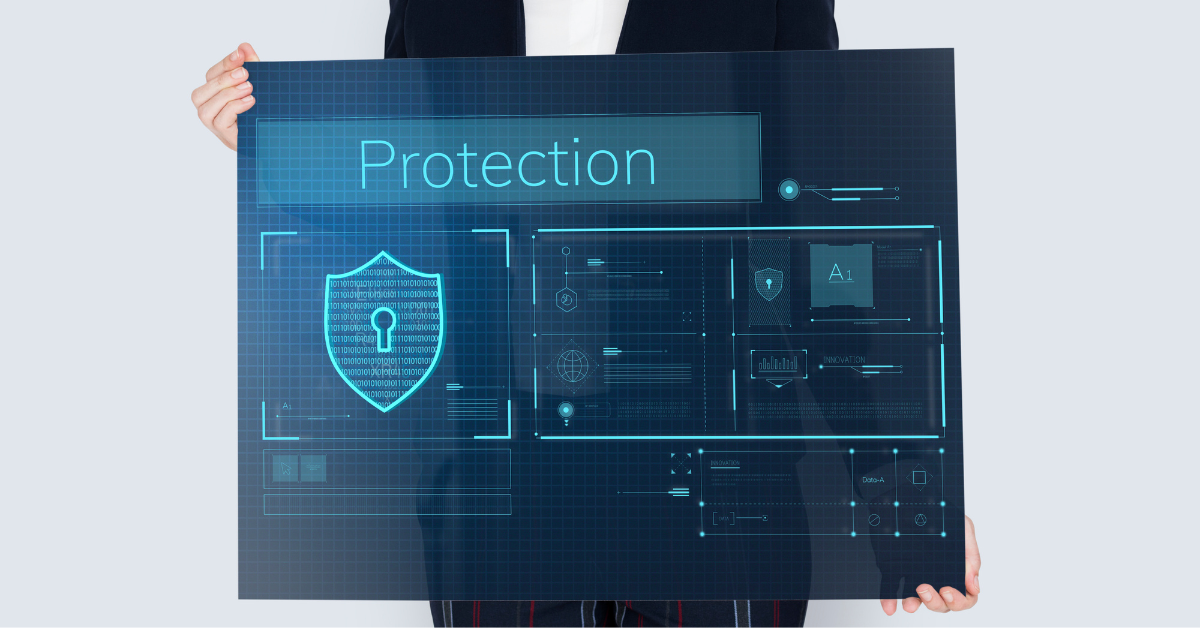CrypticStreet User Friendly Guide to Digital Security
Digital threats are evolving at lightning speed, and with the rapid rise of cryptocurrencies and online transactions, cybersecurity is more important than ever. For beginners and seasoned digital users alike, understanding how to protect personal data and crypto investments is no longer optional—it’s essential. That’s where the CrypticStreet user friendly guide to digital security comes into play. This article offers a practical, accessible breakdown of everything you need to know to stay safe online.
Table of Contents
- Understanding Digital Security in the Crypto Age
- Why Cybersecurity Matters More Than Ever
- Common Threats in the Digital Landscape
- How CrypticStreet Empowers User Safety
- Key Features of a Secure Digital Platform
- Tools and Best Practices for Personal Security
- Table: Essential Security Layers Every User Should Implement
- Case Study: Crypto Breaches That Could Have Been Prevented
- Building a Security-First Digital Routine
- Common Mistakes Users Should Avoid
- Frequently Asked Questions
- Final Thoughts and Actionable Advice
Understanding Digital Security in the Crypto Age
Digital security refers to the strategies and technologies used to protect your online identity, data, and assets. In the context of cryptocurrencies and decentralized finance, it involves not only protecting access to wallets but also ensuring your transactions remain private and unaltered.
Platforms like eCrypto1.com are increasingly adopting advanced protocols to ensure secure interactions. This makes understanding these protections critical to your long-term success and safety in the digital world.
Why Cybersecurity Matters More Than Ever
The global shift toward digital ecosystems has created both opportunities and vulnerabilities. Here’s why digital security should be a top priority:
- Value at Risk: Billions of dollars in digital assets are moved daily.
- Permanence: Crypto transactions are irreversible. Mistakes or theft can’t be undone.
- Privacy Threats: Personal data is more exposed than ever through mobile apps, social platforms, and unsecured websites.
- Rise in Phishing & Hacks: Cybercriminals are targeting crypto users with increasing sophistication.
Common Threats in the Digital Landscape
Understanding the threats is the first step toward protecting yourself. Common threats include:
- Phishing Attacks: Fake emails or websites trick users into revealing sensitive information.
- Malware: Malicious software can track keystrokes or steal files.
- Ransomware: Cybercriminals encrypt your data and demand a ransom for release.
- SIM Swapping: Hackers take over your mobile number to bypass two-factor authentication.
- Fake Crypto Platforms: Fraudulent websites designed to steal user data and crypto.
How CrypticStreet Empowers User Safety
CrypticStreet is designed with both accessibility and security in mind. Its user friendly guide to digital security helps individuals:
- Understand how their data is protected
- Set up security layers like multi-factor authentication
- Stay updated on new cyber threats
- Make informed decisions when using digital tools
By translating complex cybersecurity terms into everyday language, CrypticStreet helps users of all levels take ownership of their online safety.
Key Features of a Secure Digital Platform
When evaluating whether a platform like eCrypto1.com is trustworthy, look for these essential features:
- SSL Encryption: Ensures data transmitted between user and platform is secure
- Cold Wallet Storage: Keeps user funds offline and out of reach of hackers
- Biometric Logins: Offers an extra layer of identity verification
- IP Whitelisting: Restricts login access to known devices or networks
- Regular Security Audits: Maintains system integrity and closes vulnerabilities
Tools and Best Practices for Personal Security
Here’s how you can protect your digital footprint and crypto investments:
Use Strong Passwords
- Mix of upper/lowercase letters, numbers, and symbols
- Avoid using the same password across platforms
Enable Two-Factor Authentication (2FA)
- Adds a second layer of verification via SMS, apps, or biometric
Secure Your Private Keys
- Never store private keys online
- Use a hardware wallet or encrypted USB drive
Regular Backups
- Keep multiple backups of your wallets in secure locations
Avoid Public Wi-Fi for Transactions
- Use a VPN or personal hotspot when trading
Update Software Frequently
- Keep your OS, antivirus, and wallet software up to date
Table: Essential Security Layers Every User Should Implement
| Security Layer | Description | Why It Matters |
| Two-Factor Authentication | Adds a secondary security step | Prevents access even if password is stolen |
| Cold Wallet Storage | Stores crypto assets offline | Minimizes exposure to online threats |
| VPN Usage | Encrypts internet traffic | Protects data on public networks |
| Password Managers | Stores complex passwords securely | Reduces risk of reused/weak credentials |
| Device Whitelisting | Approves specific devices for login | Stops unauthorized login attempts |
Case Study: Crypto Breaches That Could Have Been Prevented
Mt. Gox (2014)
One of the largest breaches in crypto history. Over 850,000 Bitcoins were lost. Poor internal controls and lack of transparency were key failures.
BitGrail (2018)
An Italian exchange that lost millions in Nano tokens. It lacked basic security protocols, such as cold wallet storage.
Lesson: Users should not rely solely on platforms. Knowing how to verify platform credibility and employing personal safeguards is non-negotiable.
Building a Security-First Digital Routine
Security is not a one-time setup. It’s a daily habit. Here’s how to build a routine:
- Daily: Log out of unused accounts, avoid unknown links
- Weekly: Check account activity logs
- Monthly: Change passwords and update 2FA settings
- Quarterly: Backup wallets and review new cybersecurity updates
Staying informed about evolving threats and updating your security protocols accordingly is your best defense.
Common Mistakes Users Should Avoid
Many digital security breaches result from user error. Avoid these pitfalls:
- Sharing private keys or seed phrases
- Falling for fake tech support or phishing links
- Using unsecured email accounts for crypto platforms
- Delaying software updates
- Clicking on ads from unknown crypto platforms
Vigilance is critical. One small mistake can lead to the loss of everything.
Final Thoughts and Actionable Advice
As the crypto space expands, so does the potential for digital threats. The CrypticStreet user friendly guide to digital security offers the knowledge and tools you need to take control of your safety online. Whether you’re trading NFTs or simply browsing, safeguarding your data is no longer optional—it’s a responsibility.
Actionable Tips
- Start small: Activate 2FA and use a password manager today
- Educate yourself: Read trusted blogs and follow security updates
- Stay alert: If something seems too good to be true, it probably is
Explore more digital safety tips, follow security-first platforms like eCrypto1.com, and share this guide with your community to help build a safer internet for all.
Frequently Asked Questions
What is the CrypticStreet user friendly guide to digital security?
It is an accessible, step-by-step resource aimed at helping individuals protect their online data and cryptocurrency assets.
Is digital security really necessary for beginners in crypto?
Yes. Beginners are often targets for scams and phishing attacks because of their lack of experience.
How do I know if a platform like eCrypto1.com is secure?
Check for SSL encryption, cold wallet storage, transparent privacy policies, and user reviews.
Can I use my regular antivirus to protect my crypto assets?
Standard antivirus can help, but it’s not enough. Use additional tools like VPNs, hardware wallets, and password managers.
What should I do if I suspect a breach?
Immediately change all passwords, enable 2FA, contact platform support, and move assets to a cold wallet if possible.







